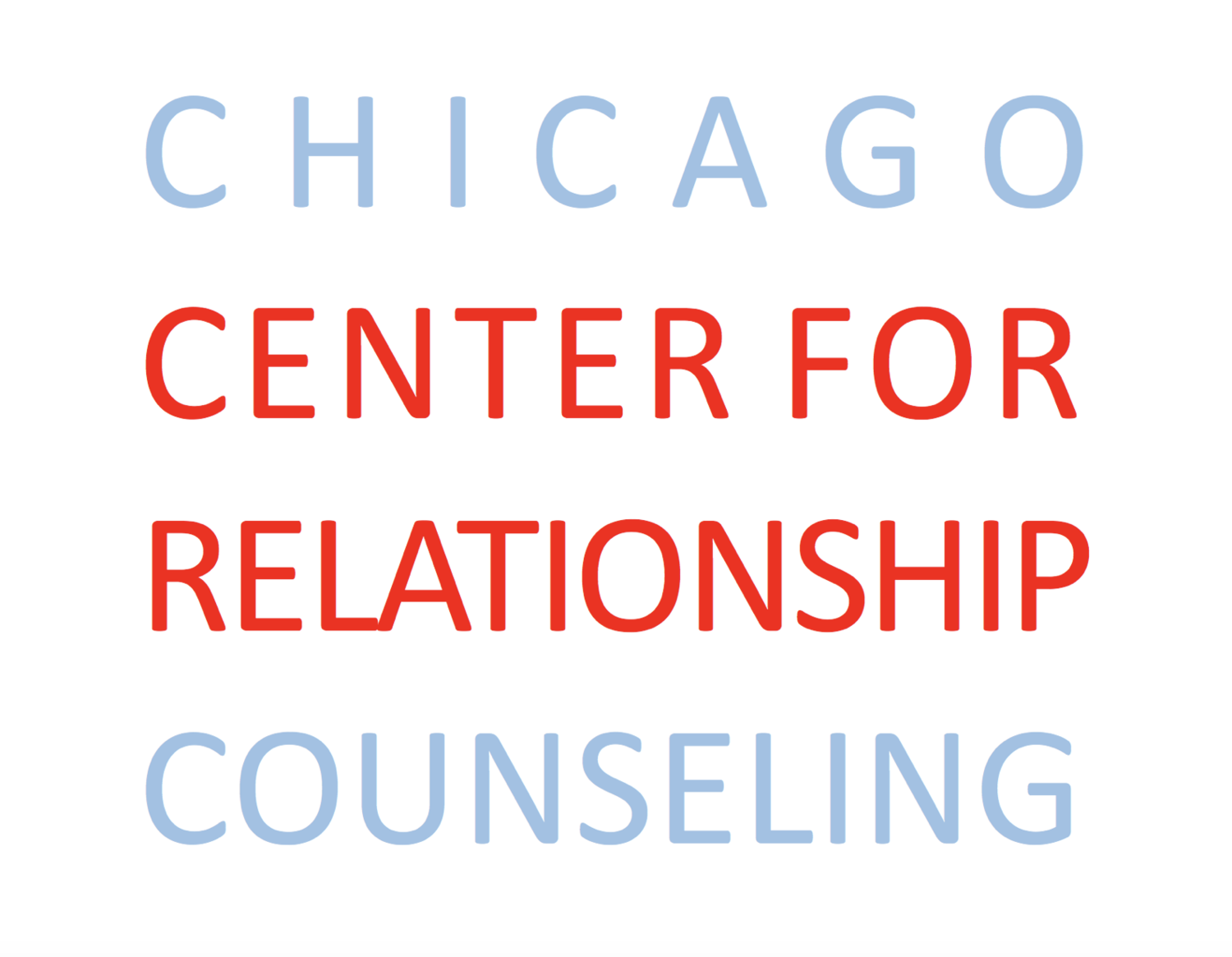Conflict-Resolution and Resilience:
“Can we try that again?”
When couples embark on therapy it is often to change patters of conflict that are wound so tightly responses can feel like ‘autopilot’. Yet, courageously they commit to the idea that there is another way to go about conflict: one that is more healthy and productive for everyone involved. Often times this process can become stuck, even when couples have created or acquired excellent new ways to engaged in difficult conversations. Such new options may linger during pivotal moments, but familiar ways sink in and the same pattern unfolds.
There is a powerful tool that fits well during this time, when new options are emerging but difficult to apply. Sometimes it can feel like unlikeable patters occur quickly and the conflict reaches a point of no return. It may be the case that break is needed. A pause can help shift from patterns of reactivity, and assist with de-escalation of conflict and re-regulation of one’s body and emotions. Moving into a state of positive cognitive regulation can also help expand and integrate one’s awareness to their internal cues and external environment, which supports the brain in finding a empathetic and creative stance towards approaching challenges. Once ready, couples may find it useful to re-approach the difficult conversation and give it another try.
As a matter of fact, the suggestion can be phrased exactly like that, “Can we try that again?” It emphasizes personal responsibility, honors a shared goal, and suggests an idea to re-direct the interaction in order to stay on course to achieving it. Here is the thing, in order for the suggestion to maintain its useful intent and have an overall positive effect, two steps need to be taken with it:
1. The receiver must be ready to join-in and see the question as an attempt to improve the quality of the relationship and resolution of the conflict. Intentions must be clear by both parties that it does not ‘erase’ what happened before. Rather, they are acknowledging that what happened before was ineffective, and that another way of communicating might work better.
2. Both members must be willing to take a creative stance on what happens next. By this, they must be willing to approach the new attempt as ‘explorers’. They can look out for how it feels to engage or be engaged with in this new way, and the result is has on the process and outcome of the conversation. They may even be willing to provide some immediate feedback on how it went.
3. Then, the suggestion can be introduced. Again, focusing on how it might support the work the couple has committed to. Some options for phrasing it can be (but are certainly not limited to):
“I feel like we fell off course from what we are working on, can we try that again?”
“I really liked that way of responding to each other that we have been talking about doing, and I would like to apply it here, can we try that again?”
“This is an important conversation, and I want to make sure we are able to talk through it, can we try that again?”
Trying to shift ways of engaging with challenging topics can be a long-term process. It can take patience to see a difference in how conflict is handled and the outcome it produces. Creativity and a willingness to keep trying and applying new skills, even when the ‘usual’ way persists, can be the resilience that makes a difference in creating relationships worth wanting.


